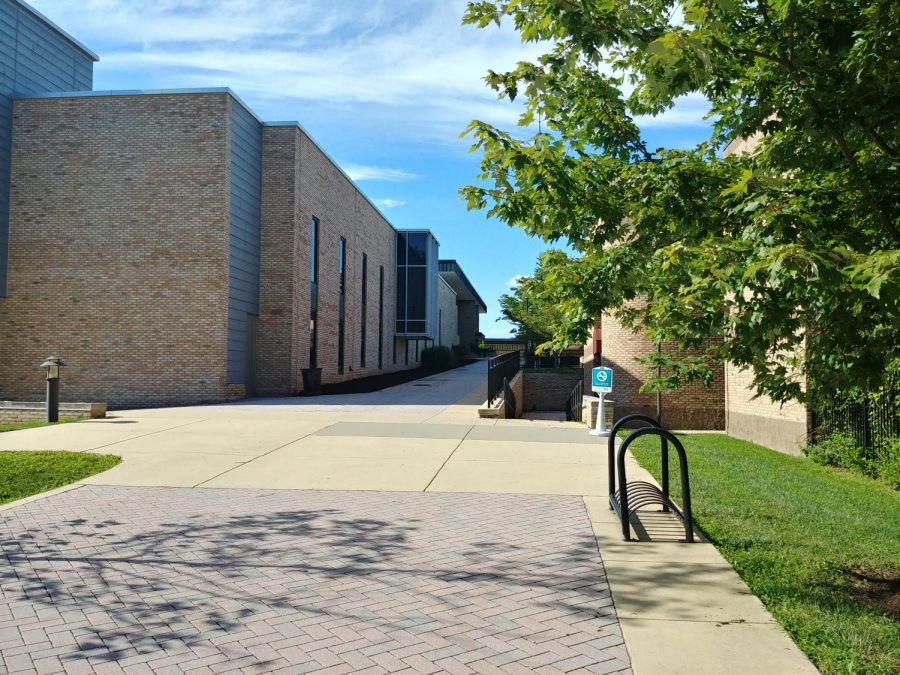Campus to move to next stage of reopening plan in spring
AACC may move to stage 3 of the five-stage reopening plan in the spring, bringing approximately 3,000 students back to campus.
September 16, 2020
AACC administrators are planning to move into Stage 3 of their five-phase plan to reopen the college and will bring approximately 3,000 students back to campuses next semester.
Vice President for Learning Mike Gavin said up to half of 100-level classes in English composition, reading and math could have face-to-face classes in the spring, while the bulk of courses will remain online.
Gavin said in-person instruction in developmental and introductory courses is better for students.
“We’ve announced it mainly in hopes that we can increase the number of students on campus in those courses where we believe, and actually have seen data that shows, [that] those courses are the ones where [students are doing] better face-to-face,” he explained.
During a typical semester, more than 11,000 students take face-to-face classes.
Gavin said all 3,000 students will not be on campus at the same time.
He said most of the classes will adopt a “hybrid” format, which for most courses means the students will meet on campus once a week and study online the rest of the time.
“Even on a single day, you might have 500 students on campus but they’re going to be spanning the time from 8 a.m. to 8 p.m.,” he said. “We’re still spreading out the number of students” who will be on campus at the same time.
Gavin said students will be required to wear facemasks any time they go into a building or attend any gathering where social distancing is not possible.
The college will notify students of the safety rules before classes begin. Faculty and staff will enforce social distancing in their classrooms, Gavin said.
But he said the move to Stage 3 depends on how rampant coronavirus is once the semester begins.
“If the numbers of cases, either in the county, the state or even on campus escalate to a level that the county Health Department tells us, ‘You need to shut down a room … a building, a campus,’ we would follow those orders immediately,” Gavin explained.
Faculty members may volunteer or decline to teach on-campus classes in the spring, he said.
“I think the administration at the college has been very careful and proactive in making these decisions,” said Forest Caskey, a development English professor who said he is willing to teach face-to-face classes. “I feel like they would not reopen it if it was not a safe thing to do.”
Caskey said his classes lost some of the dynamic of his face-to-face meetings when classes went virtual March.
“When the cameras are off on Zoom, it’s really weird talking into … blank black screen[s],” he explained. “You don’t just see facial expressions, so that’s kind of hard.”
Some students said they support moving back to campus.
“I just feel like I understand a lot better if it’s in person than it would be … watching a computer,” Grace Buck, a first-year nursing transfer student, said. “I would take more in [if] someone [were] actually talking to me.”
Taiwo Ajayi, a ninth-year communications student, agreed.
“I do better in a face-to-face environment where I can interact with my professors [and] where I can share my ideas … and get clarity right away rather than [by] email that might come in five minutes or might come in five hours or two days,” he explained. “It’s a lot quicker and a lot more intimate.”












